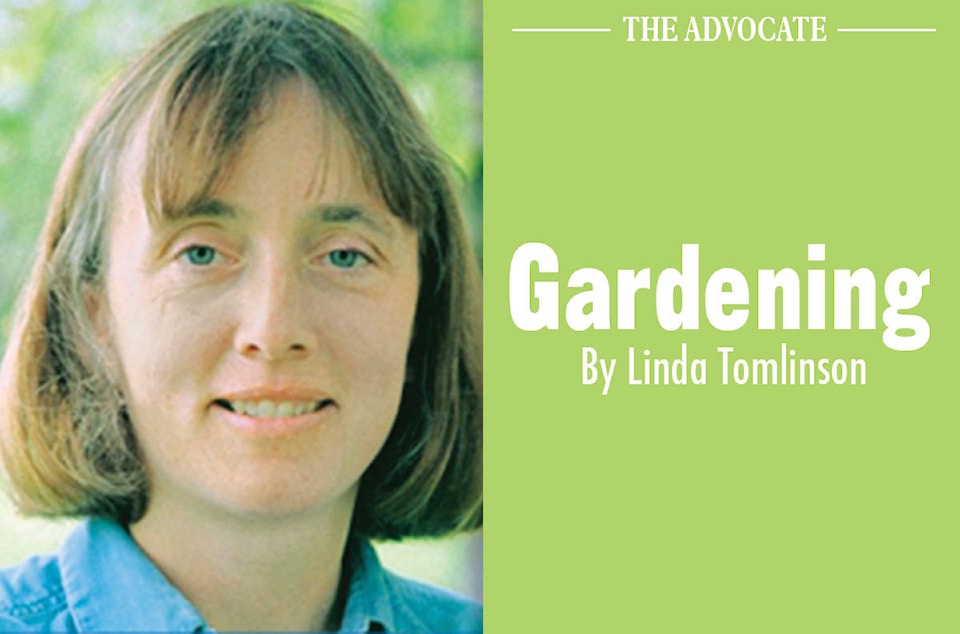Central Albertans are fortunate in the amount of choice they have when it comes to purchasing bedding-out-plants.
They have many choices from year round garden centers, big box stores, commercial greenhouses to locally owned establishments.
Year round garden centres offer everything that is needed for the garden. One stop will get you perennials, trees, shrubs, seeds, bulbs, soil, fertilizer and the list goes on. Staff in the spring are often seasonal but most know where to direct customers if they can’t answer your questions.
Big box outlets bring in seasonal merchandise and plants arrive each spring. Purchasing is not always done at the store level resulting in products arriving on the prairie at the same time as it does in warmer provinces. Expect to see some varieties that are too tender for most locations in central Alberta but might survive in a yards micro-climate. Buying power of these large cooperation’s can mean lower prices. As the plants are housed in temporary locations the set up in less than ideal. Plants have little protection from late frosts, snow or excessive heat. The only way for staff to keep the plants watered is to drag hoses across pathways causing a tripping hazard making it hard to keep up with plant maintenance.
Commercial greenhouses, ones that sell to other outlets, are scattered throughout the region. At the end of their season, which is earlier than the outlets, some of the establishments open their doors to locals to purchase what remains of their crop. It is a matter of knowing the right people or chancing on an advertisement to know when the doors are open to the public. Typically, plants that are for sale are in excellent condition at a reasonable price.
Locally owned seasonal greenhouses abound. Visit a number of them and find different varieties of plants at each. While some of the plants are brought in as cuttings many are still started from seed which can provide more selection. The selling season is now long enough that is a variety proves popular the staff will continue to seed to meet the demand.
Prices between all the greenhouses will vary as it depends on the amount of product bought, cost of heating, soil and the distance most customers have to travel.
When purchasing plants always look at the ratio of root area to plant growth. A small plant in a large pot will transfer with little injury to the roots creating very little plant setback. When this is the case be prepared to cradle the root mass as there might not be enough roots to hold the soil in place.
Too large of tops compared to pots means that the roots will be encircling the inside of the pot. These plants are still viable but the roots will need to be cut or tore when they are transplanted. The easiest way is to make an X on the bottom of the root ball then spreading the roots outwards in the hole when planting. If roots that circle the pot are left intact, the roots often continue the circling pattern when they are replanted. It results in a small mass of roots in one spot to gather moisture and nutrients. As a result, the plants do not thrive.
A perfect balance of top growth and roots is a found when the roots are just reaching the pot edge but not circling the container. The dirtballs stays intact when it is removed from the pot without a danger of crumbling. Plants transplant with ease suffering from a minimum amount of transplant setback.
As the season progresses, expect the plant selection at all plant outlets to dwindle. Plants will become larger and the roots will fill the pot. Take advantage of the local selection, selecting the best plants available.
Linda Tomlinson is a horticulturalist that lives by Rocky Mountain House. She can be reached at your_garden@hotmail.com
